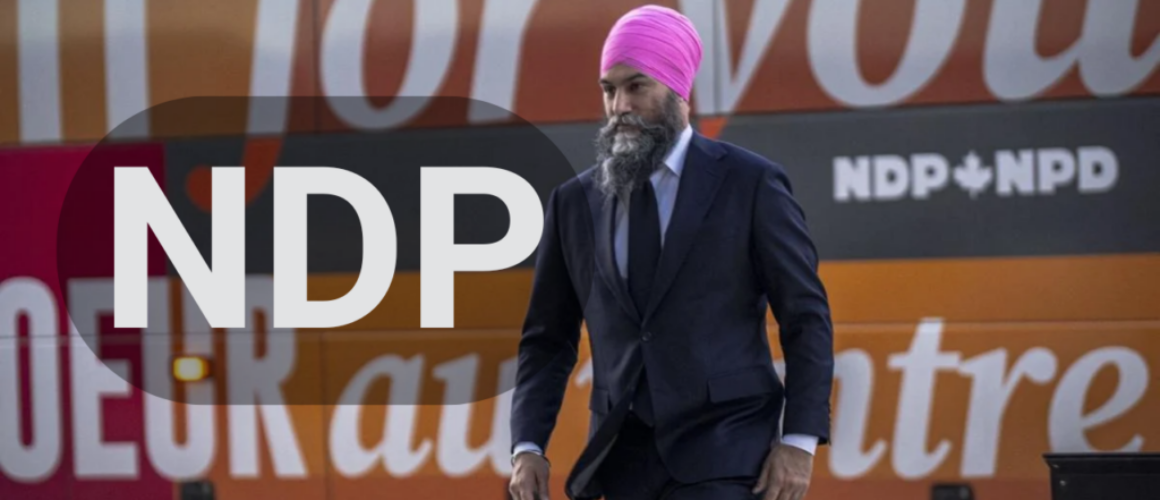The Collapse of the NDP: Analyzing the 2025 Election Fallout

The 2025 federal election has redrawn the Canadian political landscape—and not in favor of the New Democratic Party. After suffering its worst performance since 2000, the NDP has not only lost significant voter share, but its leader, Jagmeet Singh, failed to retain his own seat. What went wrong for the party once hailed as the conscience of Parliament?
A Steady Decline Turns Into Collapse
The NDP’s performance has been in gradual decline since its 2011 “Orange Wave” under Jack Layton, when it formed the Official Opposition. Since then, it has struggled to maintain relevance, oscillating between progressive ideals and pragmatic politics. In 2021 and 2023, it held ground largely due to Singh’s charisma and online appeal, but that wasn’t enough to build real momentum at the ballot box.
In 2025, things unraveled quickly. Early polling gave the NDP hope, with double-digit support among urban youth and union households. But when the campaign began in earnest, voters consolidated around the Liberals and Conservatives—leaving the NDP squeezed out in key ridings across Ontario and British Columbia.
Leadership Fatigue and Messaging Gaps
While Singh remains a popular figure, many in the party felt his message had grown stale. Critics say he leaned too heavily on identity politics and didn’t refresh the party’s platform to address post-pandemic economic anxiety. Promises of universal pharmacare and rent caps failed to differentiate the NDP from Carney’s rebranded Liberal centrism or Poilievre’s aggressive affordability messaging.
“The party seemed caught between appealing to the downtown left and working-class suburban voters—and didn’t satisfy either,” said Shannon Rogers, a former NDP strategist. “We didn’t define who we were.”
Electoral Math: Where the Votes Went
The data tells a blunt story. The NDP dropped from 25 seats in 2021 to just 9 in 2025. It lost strongholds in Vancouver East and Hamilton Centre—both claimed by Liberals riding Carney’s economic momentum. In Toronto, strategic voting decimated NDP candidates as progressives coalesced around the Liberals to block Conservative advances.
In Quebec, the NDP was entirely shut out for the third consecutive election, leaving it with no foothold in francophone Canada. Meanwhile, the Green Party managed to attract disillusioned left-wing voters with a sharper climate message and stronger regional campaigns in BC.
Internal Discord and What Comes Next
Shortly after election night, Singh announced he would step down as party leader. The leadership vacuum has triggered soul-searching within the party. Some voices are calling for a return to grassroots organizing and labor-first policies. Others advocate for merging with the Greens to unify the progressive vote.
Internally, the NDP faces significant financial challenges, limited donor support, and a shrinking base of activists. Without a strong successor or revitalized message, some fear the party could become a fringe presence in federal politics.
Is This the End of the NDP?
It’s too early to write the obituary—but unless the NDP reinvents itself quickly, the trend is unmistakable. The Canadian political stage is polarizing: Liberals and Conservatives are now dominating the narrative, while smaller parties are fighting for relevance in a crowded field.
Whether through rebranding, merging, or radical policy redirection, the NDP’s survival hinges on its ability to answer the question that voters have been asking for years: Why does this party still matter?